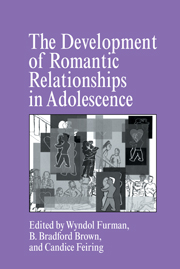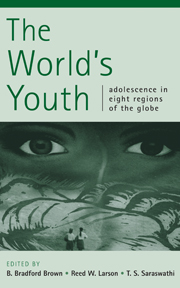Adolescent romantic relationships have received little attention from social scientists, as they have been considered to be ephemeral experiences of little significance. In contrast to this view, the authors in this volume provide a rich and varied set of theoretical ideas concerning the nature of adolescent romantic relationships. What is most striking from reading these chapters is the complexity of these relationships.
This complexity is evidenced in many ways. Witness the diversity of theoretical perspectives taken in this volume, not only across the different chapters but even within a particular one. For example, Gray and Steinberg draw on sociobiological and contextual views of family functioning. Laursen and Jensen-Campbell integrate social exchange and evolutionary theory. Larson, Clore, and Wood incorporate three theories of emotions. Miller and Benson describe the contribution of both biological and cultural processes.
The descriptions of the relationships are equally complex. Connolly and Goldberg discuss emotions, behaviors, motives, and concepts. Downey, Bonica, and Rincon delineate how rejection sensitivity may be played out in terms of relationship processes, partner selection, and the impact of being rejected by a partner. Gray and Steinberg describe multiple mechanisms that may link romantic relationships and the family of origin, and Collins and Sroufe present a series of processes that would lead securely attached individuals to be more able to navigate the new tasks entailed in dating.

